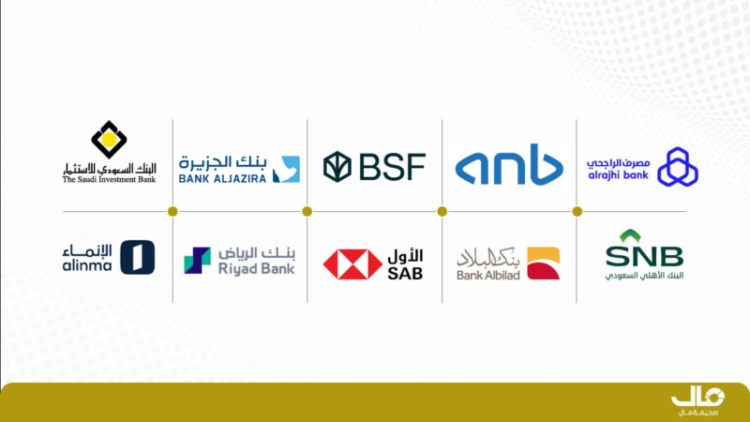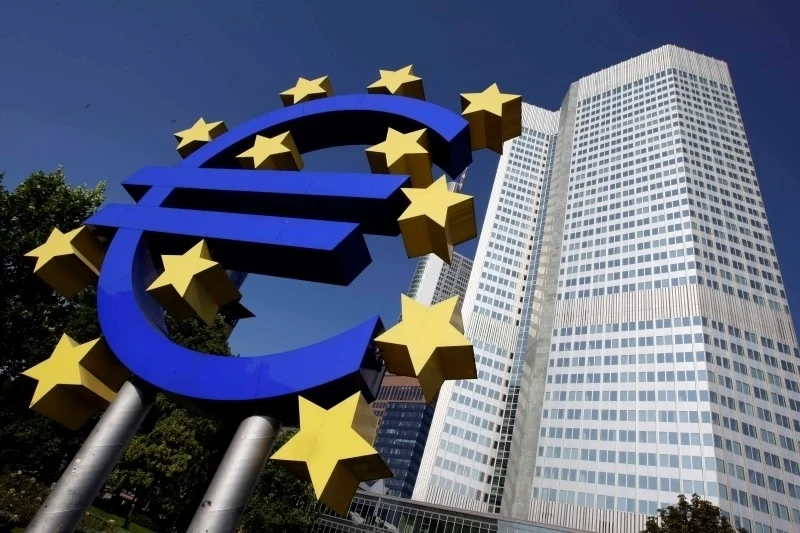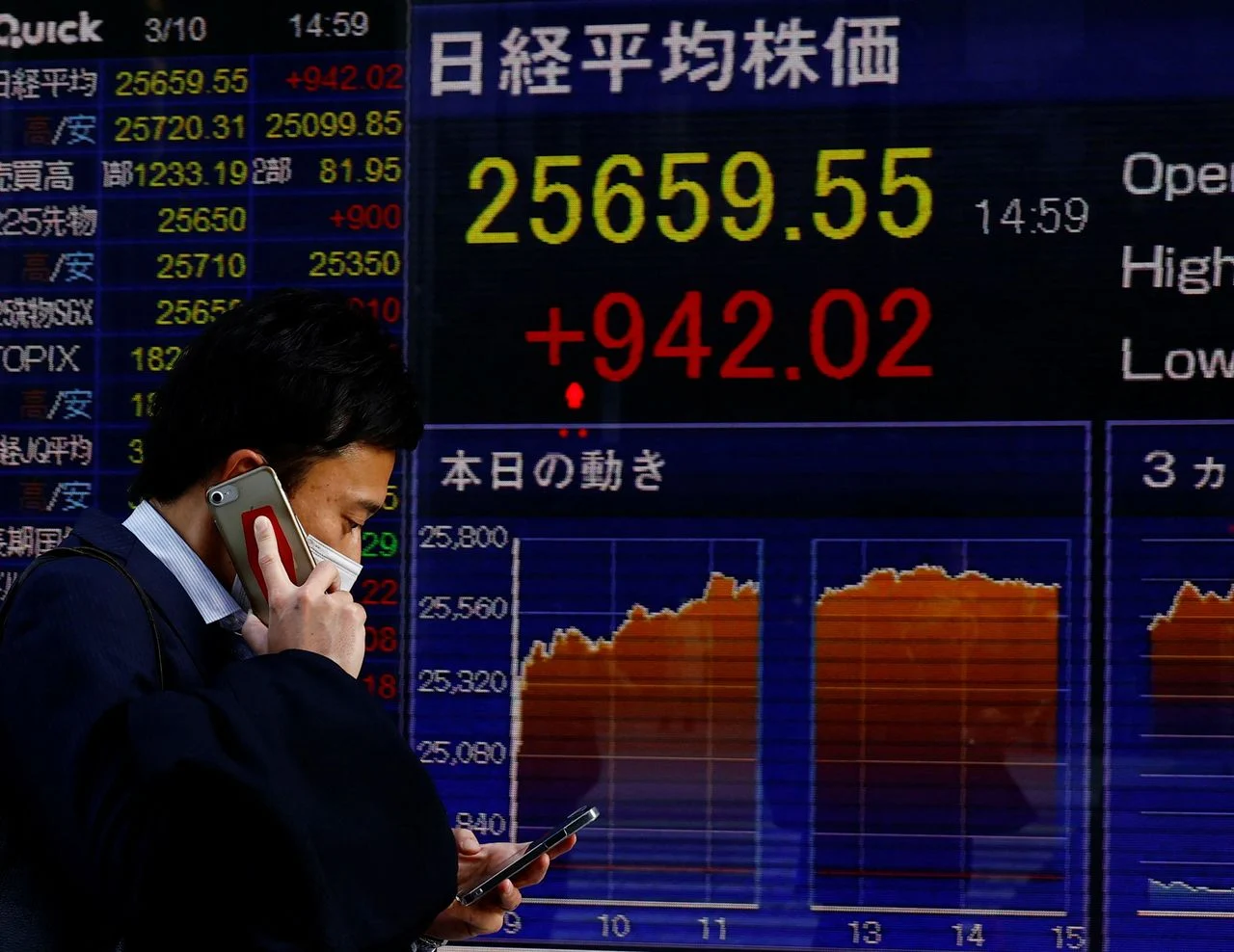Publisher: Maaal International Media Company
License: 465734
7 Saudi banks have completed debt issuances worth SAR 3.7 billion and $4.7 billion since the beginning of 2025
The year 2025 witnessed significant activity in debt issuances by Saudi banks, as part of their efforts to enhance liquidity and support capital. Several local banks announced the completion of various sukuk and bond issuances since the beginning of the year, including additional Tier 1 capital sukuk and financing sukuk, with a total value exceeding $4.7 billion to date, in addition to approximately SAR 3.7 billion. This is part of their efforts to enhance solvency and diversify financing instruments. In January 2025, Al Rajhi Bank announced the completion of a $1.5 billion Tier 1 perpetual sukuk issuance, denominated in dollars, with a perpetual callable maturity of five years and an annual return of 6.25%. In the same month, Banque Saudi Fransi issued $750 million in dollar-denominated sukuks with a return of 5.375% and a five-year maturity as part of its own sukuk issuance. Riyad Bank also issued riyal-denominated perpetual capital sukuks worth 2 billion riyals, with an annual return of 6%.
In May, the Saudi market witnessed four simultaneous offerings. Banque Saudi Fransi completed a $650 million perpetual capital bond issuance with a return of 6.375%, and First Saudi Bank issued $650 million in perpetual green sukuks with a return of 6.5%. In the same month, Alinma Bank issued $500 million in perpetual Tier 1 sukuk with a fixed yield of 6.5%. Bank Albilad also completed the issuance of $650 million in dollar-denominated sukuk in the same tranche with a similar annual yield.
This June, the National Commercial Bank of Saudi Arabia announced the issuance of additional Tier 1 sukuk denominated in Saudi riyals, valued at 1.7 billion riyals, with a yield of 6% and early callable after five years. Standard & Poor’s notes that the position of banks in Saudi Arabia appears comfortable, but their inability to access capital markets may reduce their ability to finance major projects. Overall, Gulf banks demonstrated strong indicators of their asset quality, with the average non-performing loan ratio for the region’s 45 largest banks reaching 2.9% by the end of 2024. Banks also maintained provisions exceeding 150% of their non-performing loans during the same period. Furthermore, the profitability of Gulf banks remained relatively good, with a return on assets at the end of 2024. Banks also maintained strong capitalization, with the average Tier 1 capital ratio reaching 17.2% during the same period.
اقرأ المزيد
The agency reports that escalating global trade tensions are negatively impacting global credit conditions, threatening an environment that was until recently favorable for most borrowers, creating a prevailing climate of uncertainty. It is also likely to further deteriorate business and consumer confidence and increase concerns about institutional investment, employment, consumer spending, and economic activity in general. As the agency previously predicted, despite the increase in Saudi banks’ external debt, their net external debt remains small. With lending growth continuing at a pace that outpaces deposit growth, the agency expects banks to raise more external financing, anticipating strong lending growth of around 10%.








